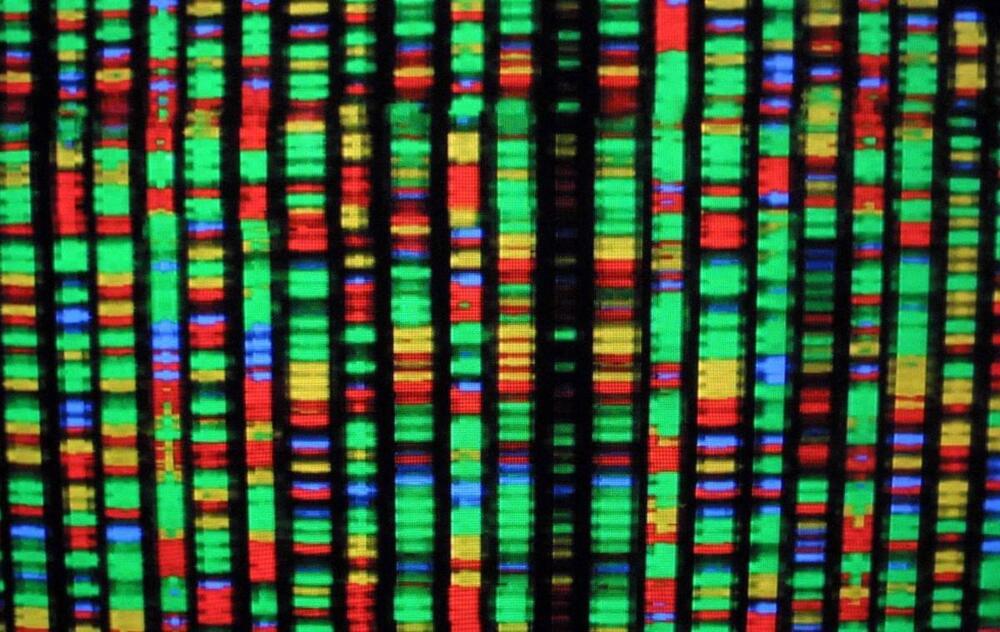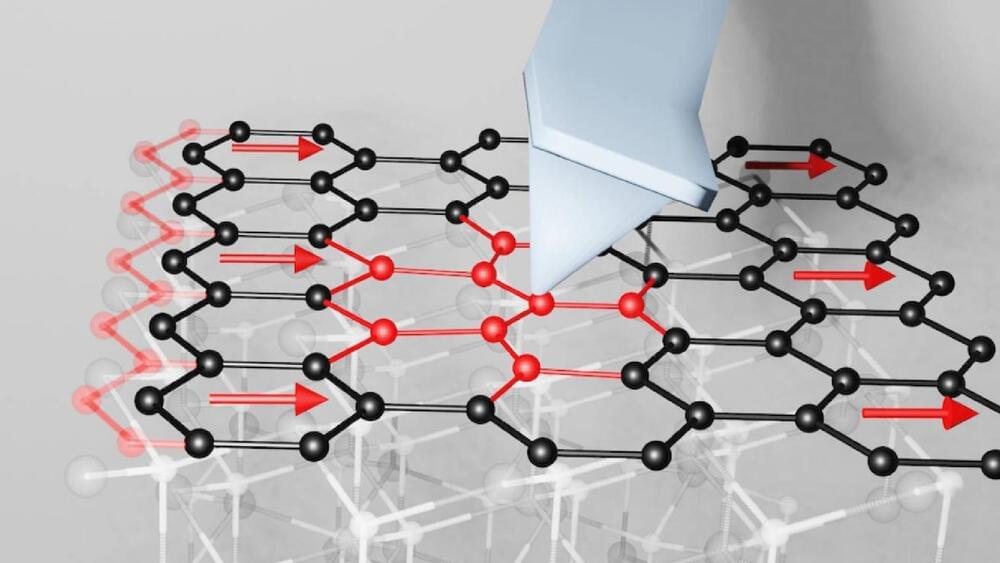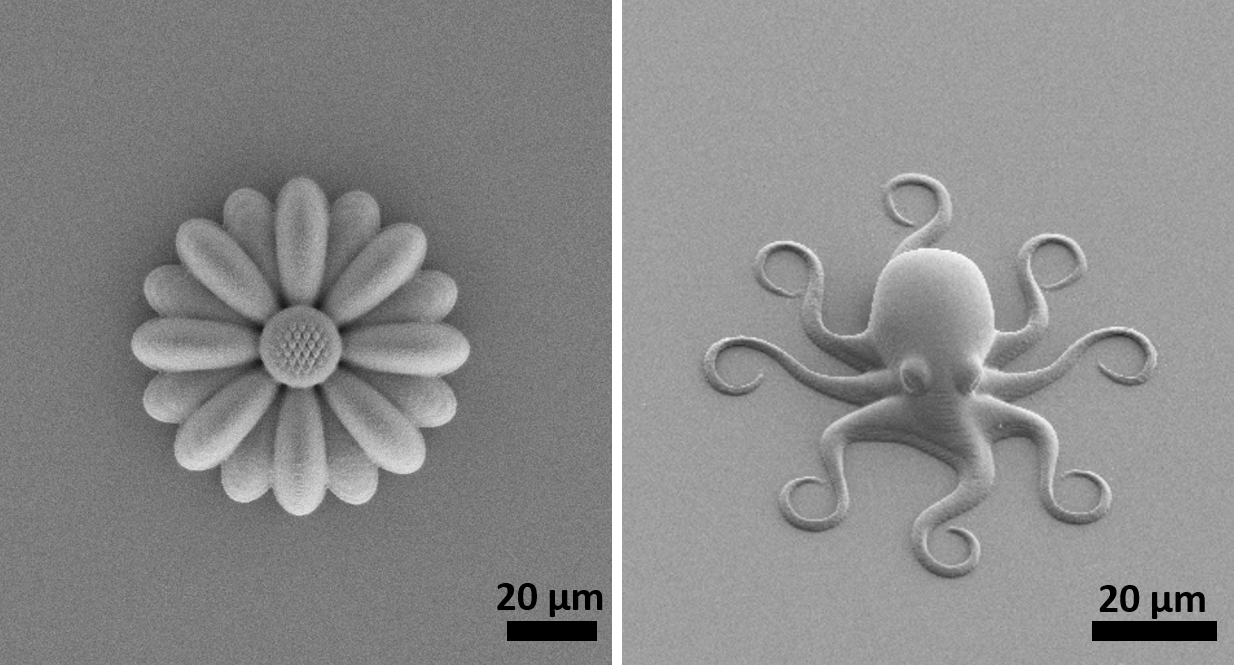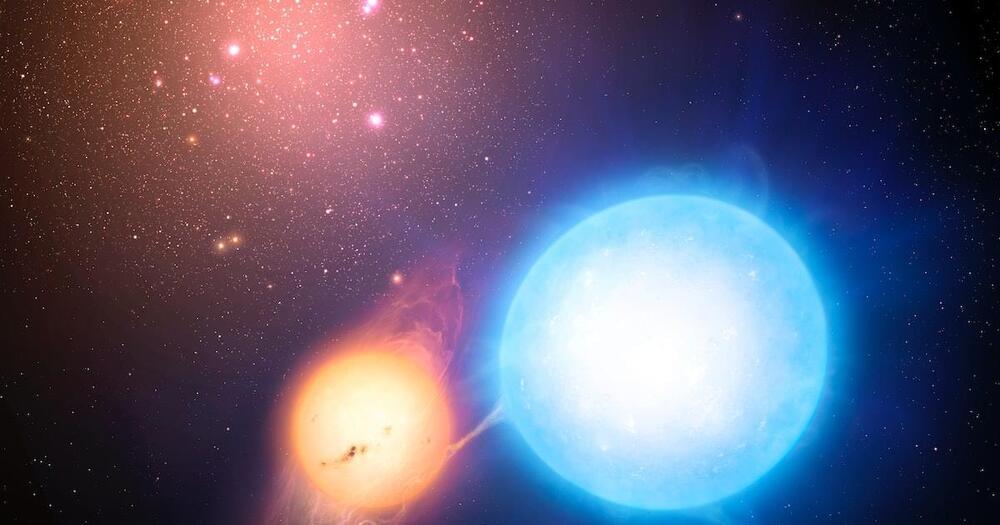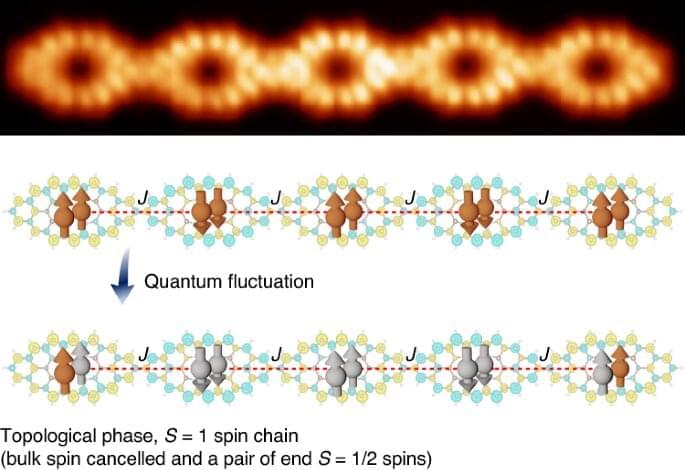Nov 6, 2022
Scientists Solve an 80-Year-Old Physics Mystery
Posted by Quinn Sena in categories: chemistry, physics, sustainability
Contact electrification (CE) was humanity’s earliest and sole source of electricity until about the 18th century, but its real nature remains a mystery. Today, it is regarded as a critical component of technologies such as laser printers, LCD production processes, electrostatic painting, plastic separation for recycling, and more, as well as a major industrial hazard (damage to electronic systems, explosions in coal mines, fires in chemical plants) due to the electrostatic discharges (ESD) that accompany CE. A 2008 study published in Nature found that in a vacuum, ESDs of a simple adhesive tape are so powerful that they generate enough X-rays to take an X-ray image of a finger.
For a long time, it was believed that two contacting/sliding materials charge in opposing and uniform directions. However, after CE, it was discovered that each of the separated surfaces carries both (+) and (-) charges. The formation of so-called charge mosaics was attributed to experiment irreproducibility, inherent inhomogeneities of contacting materials, or the general “stochastic nature” of CE.





